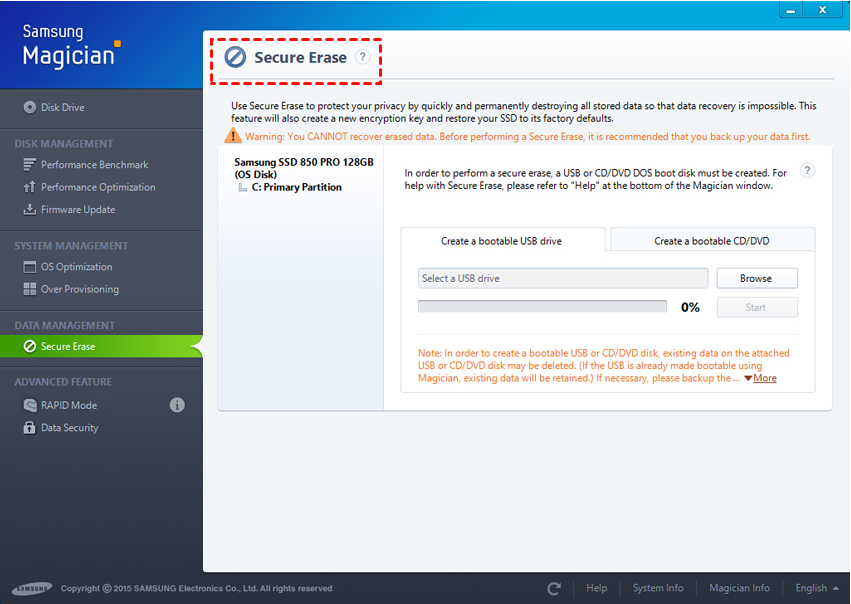
Do not double-click or otherwise directly open the ISO file you downloaded, as that will not give you the results you are looking for! Make sure the PC is set to boot from the USB Drive (Easy USB Creator is 100% free for use with recovery software.) The instructions must be followed very closely, and it is essential that you do not open the ISO file (the file you likely downloaded containing the recovery program) directly - instead, download and install the USB burning software you plan to use (Easy USB Creator or EasyBCD) and use that application to browse for and open the ISO file you have downloaded. Our knowledgebase contains guides on creating a bootable USB from an ISO image using free products like Easy USB Creator or via EasyBCD – the Easy USB Creator instructions are the most compatible and most recommended.

If you did not obtain a physical copy of the bootable USB from a store or in the mail, you will likely need to convert an ISO file into a bootable USB by burning an ISO image of the data on to the drive, instead of the file/data itself.

The normal method of creating a USB by dragging-and-dropping or copy-and-pasting files to a formatted USB drive is insufficient to create a bootable USB. This is a very important point that bears repeating: simply copying a recovery ISO image or file to a USB does not work.īootable USBs are very different from the normal USB drives you use to save or transfer files from PC to PC. It’s important to create the bootable USB. Your PC is designed to automatically move on to a different boot device, so if your USB stick isn’t actually bootable, you will not get any warning or message when you plug it into your PC and try to start up from it. The default for any USB drive is to not be bootable. This guide will help you figure it out and start your PC from the external recovery media. If you’re unable to get your PC to start from a correctly-created bootable USB, even after following our guide on booting from USB drives, it could be any one of many things.




 0 kommentar(er)
0 kommentar(er)
